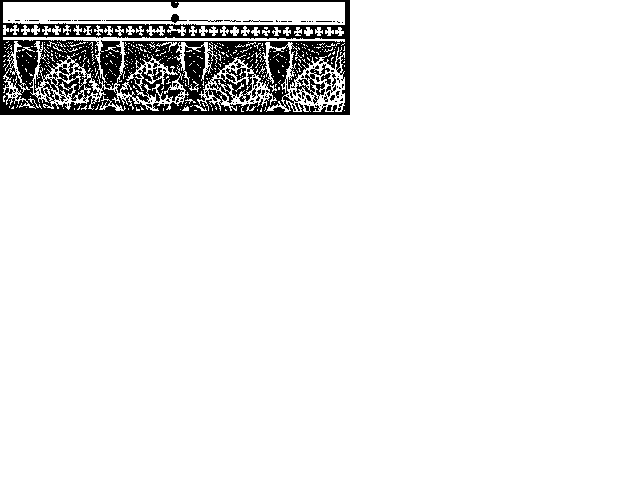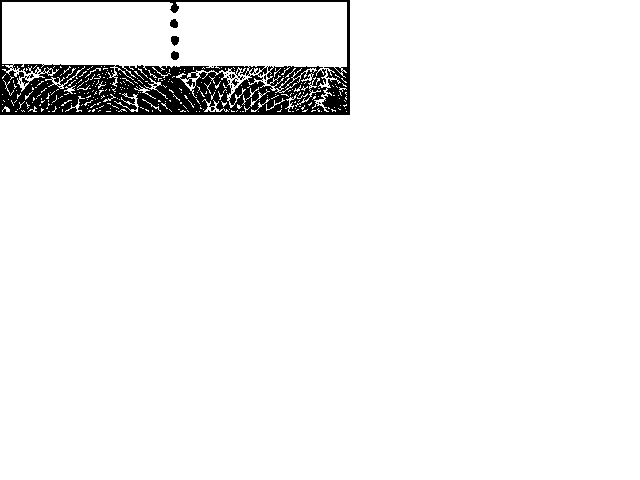
Type A - January to March 1917

Type C - March 1920 to January 1921

Type B - March 1917 to October 1920

Type D - November 1920 to December 1924
Late in 1916, for reasons that remain unclear, the Canadian Bank Note Company, which at this time was still technically a subsidiary of the American Bank Note Company, began engraving stamps with an engine-turned pattern called lathework in the selvedge or margins of the stamp sheets. It is possible that the practice was introduced to give an immediate indication of the quality of the printing of the sheets when they were inspected. The elaborate working is easily seen in fine detail, and would have been representative of the likely standard of the whole sheet. Another explanation refers to the lathework as "hold down strips," and ink in the recesses of the design prevented the paper from lifting from the cylindrical printing plate before the first row of stamps was printed. The first instance of this practice appeared on plates 31 and 32 of the one-cent brown War Tax issue, which was engraved on 25 November 1916. The practice ceased in 1924.
Four basic types of lathework exist, along with five minor variations. The four main types, named A, B, C and D, are shown in the following illustration. The period of use for each type is also indicated.
 Type A - January to March 1917
|
 Type B - March 1917 to October 1920
|
| Type A | Type B | Type C | Type D |
| 2+1 cent Brown War Tax 10-cents Plum 20-cents |
1-cent Green 1-cent Green War Tax 2-cents Red 2-cents Red War Tax 2+1 cent Brown War Tax 3-cents Brown 7-cents Bistre 10-cents Plum |
1-cent Green 1-cent Yellow 2-cents Red 2-cents Green 3-cents Brown 10-cents Plum |
1-cent Yellow 2-cents Green 3-cents Brown 3-cents Red 4-cents 5-cents Violet 7-cents Brown 10-cents Blue 10-cents Bistre 20-cents 50-cents 1 dollar |
Updated: 25 Jan 03